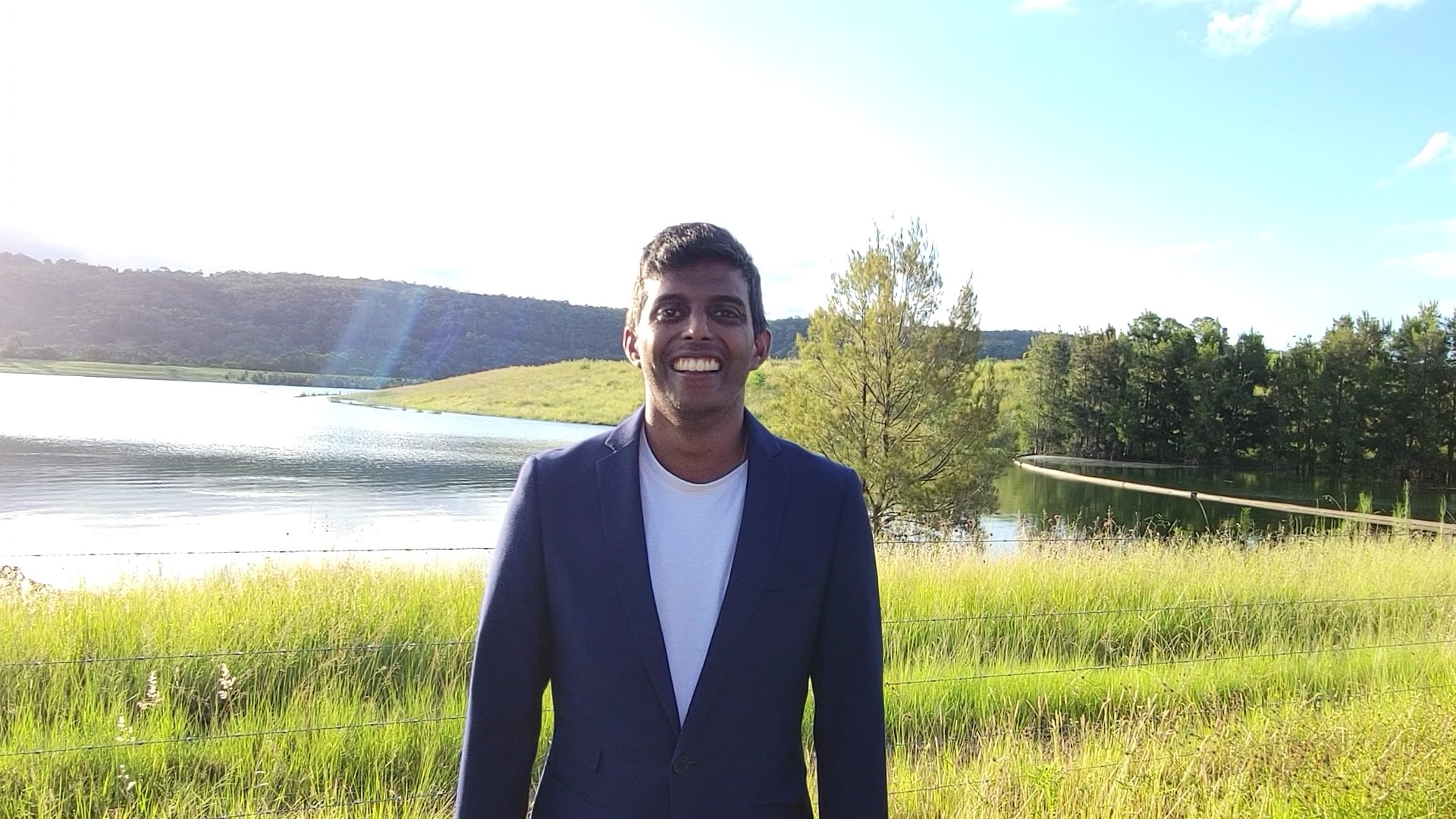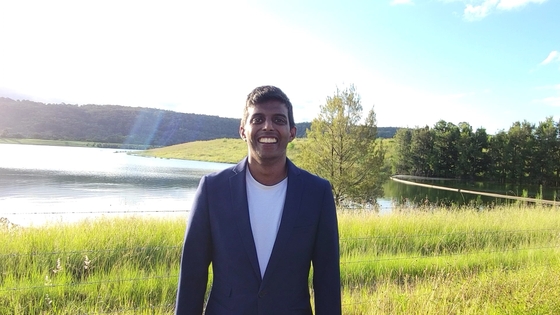
Using ultrasound therapy to improve blood flow and save heart muscle during heart attack
/
Using ultrasound therapy to improve blood flow and save heart muscle during heart attack
Dr Prajith Jeyaprakash, University of Sydney
2021 PhD Scholarship
Years funded: 2022-2024
Current, standard-of-care for life-threatening heart attack (STEMI, ST elevation myocardial Infarction) uses stents to open large heart arteries blocked with blood clot. However, in half of patients with successful stent procedure, clot still blocks micro-vessels (MicroVascular Obstruction, MVO) causing poorer prognosis. To date, no intervention has successfully improved MVO. Sonothrombolysis (STL) is the repurposing of an existing diagnostic tool to treat STEMI. It uses high power ultrasound (sono) to break (lysis) micro-vessel clot (thrombo) whilst infusing a contrast agent. Previous animal studies and a recent single centre human study showed that STL salvaged more heart muscle by reducing MVO, however larger human trials are needed to prove safety and efficacy. Thus, the research team of Dr Jeyaprakash will perform a trial assessing STL in STEMI in 3 Australian hospitals. It is anticipate that STL will reduce muscle damage and improve outcomes. In future, STL can be delivered in ambulances to treat STEMI early, reduce heart muscle damage and ultimately save more lives.
You might also be interested in...

Q&A with Dr Prajith Jeyaprakash
Using ultrasound therapy to improve blood flow and save heart muscle during a heart attack

Professor Kazuaki Negishi
Ultrasound therapy to promote blood flow and save heart muscle during heart attack: A Pilot Study

Associate Professor Peter Psaltis
How do local stem cells cause our arteries to harden and what can we do about it?
Last updated05 April 2022